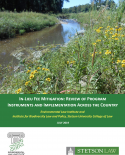
Research Reports
ELI publishes Research Reports available for free download that present the analysis and conclusions of the policy studies ELI undertakes to improve environmental law and policy. These reports contribute to education of the profession and disseminate diverse points of view and opinions to stimulate a robust and creative exchange of ideas. Those publications, which express opinions of the authors and not necessarily those of the Institute, its Board of Directors, or funding organizations, exemplify ELI’s commitment to dialogue with all sectors.
In-Lieu Fee (ILF) mitigation is one of the three primary mechanisms—along with mitigation banks and permittee responsible mitigation—that permittees can use to satisfy compensatory mitigation requirements. Through an ILF program, a permittee may satisfy their legal obligations under the 2008 Compensatory Mitigation Rule by purchasing credits from the program “sponsor”—a government or non-profit natural resources management entity—who then uses the funds to restore, enhance, or protect wetlands and streams.
Read More >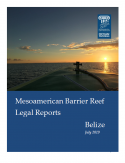
This document was prepared by the Environmental Law Institute in partnership with Rare. The report describes the legal framework for regulation of small-scale fisheries and Marine Protected Area (MPA) management in and adjacent to the coastal waters of Belize. The report also describes the structure and function of the government of Belize.
Read More >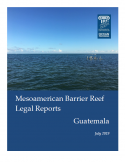
This document was prepared by the Environmental Law Institute in partnership with Rare. The report provides information regarding the structure and function of the Guatemalan government, and the institutional legal framework of the governance of small-scale fisheries and Marine Protected Areas (MPAs). Specifically, this report summarizes main actors and the legal framework for artisanal/small-scale fisheries, and for management of fisheries resources and marine protected areas.
Read More >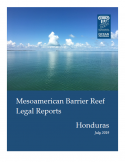
This document was prepared by the Environmental Law Institute in partnership with Rare. The report provides information regarding the structure and function of the Honduras government and the institutional and legal framework for the governance of small-scale fisheries and Marine Protected Areas (MPAs). Specifically, this report summarizes main actors and the legal framework for artisanal/small-scale fisheries and for management of fish resources in protected areas.
Read More >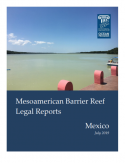
This document was prepared by the Environmental Law Institute in partnership with Rare. The report provides information regarding the structure and function of the Mexican government, as well as the institutional legal framework for the governance of small-scale fisheries and Marine Protected Areas (MPAs). Specifically, this report summarizes main actors and the legal framework for artisanal/small-scale fisheries, and for management of fish resources in protected areas.
Read More >